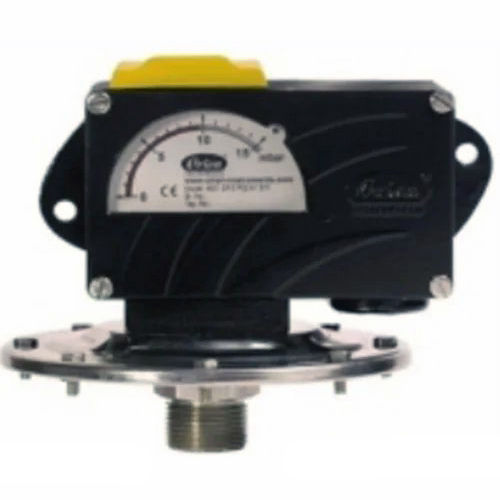Piston Type Pressure Switch
Product Details:
- Mechanical Life 1 Years
- Product Type Pressure Switch
- Application Industrial
- Size Standard
- Color White
- Warranty 1 Year
- Click to View more
Piston Type Pressure Switch Price And Quantity
- 8500 INR/Piece
- 10 Piece
Piston Type Pressure Switch Product Specifications
- White
- 1 Years
- Industrial
- 1 Year
- Pressure Switch
- Standard
Piston Type Pressure Switch Trade Information
- 7-10 Days
Product Description
So, as you navigate the complex landscape of industrial operations, let our Piston Type Pressure Switch be your trusted ally, providing the ultimate control and assurance in pressure regulation and ensuring the seamless harmony of your fluidic symphony.
FAQ of Piston Type Pressure Switch:
1. What is a piston type pressure switch, and how does it function?
A piston type pressure switch is a device used to monitor and control pressure levels in fluid systems. It operates by utilizing a piston mechanism that reacts to changes in pressure. When the pressure reaches a predetermined setpoint, the piston moves, triggering a switch mechanism that signals the pressure threshold has been reached.
2. Where are piston type pressure switches commonly applied?
Piston type pressure switches are widely used across industries such as automotive, aerospace, manufacturing, and hydraulic systems. They find applications in various equipment and systems including pumps, compressors, hydraulic machinery, and pneumatic systems where precise pressure control is crucial.
3. What are the benefits of using a piston type pressure switch over other types?
Piston type pressure switches offer robust construction and high reliability, making them suitable for demanding industrial environments. They are known for their precise pressure sensing capabilities and ability to withstand high-pressure ranges, ensuring accurate and consistent performance in critical applications.
4. How do I determine the setpoint and hysteresis for a piston type pressure switch?
The setpoint of a piston type pressure switch is typically determined based on the desired pressure level at which a specific action needs to be triggered, such as activating a pump or shutting down a system. Hysteresis, or the pressure difference between the switch's turn-on and turn-off points, is usually set to prevent rapid cycling and ensure stable operation.
5. What maintenance is required for piston type pressure switches, and how often should it be performed?
Maintenance for piston type pressure switches often involves periodic inspection to ensure proper functioning and calibration. Depending on the application and manufacturer recommendations, maintenance intervals may vary. It's essential to follow the manufacturer's guidelines and perform regular checks to ensure the switch operates accurately and reliably.

Price:
- 50
- 100
- 200
- 250
- 500
- 1000+









 English
English Spanish
Spanish French
French German
German Italian
Italian Chinese (Simplified)
Chinese (Simplified) Japanese
Japanese Korean
Korean Arabic
Arabic Portuguese
Portuguese